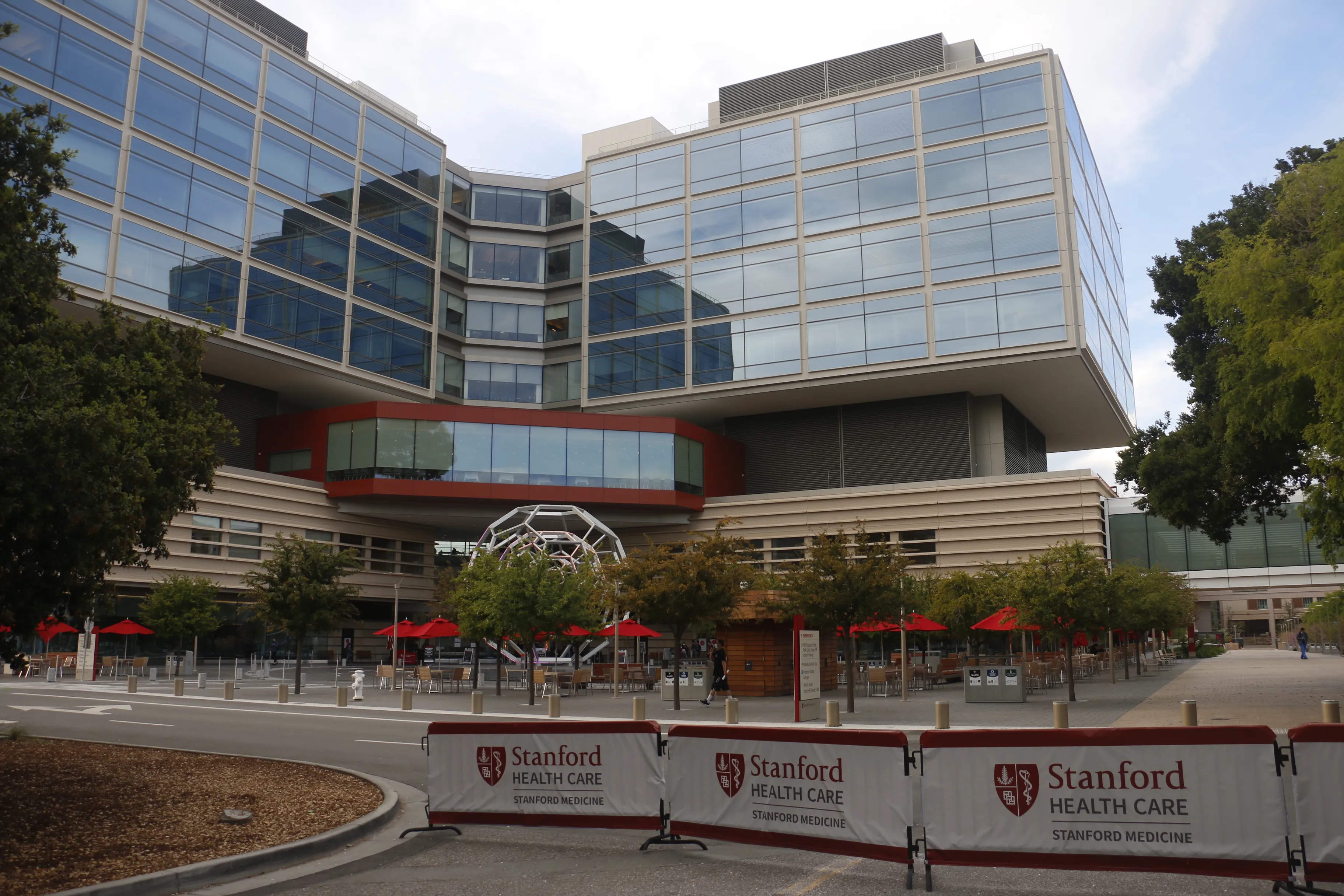Stanford University School of Medicine physicians and researchers discussed the latest developments in COVID-19 research, including new information regarding the way the disease impacts children, men, women and nonbinary individuals. The professors warned of a possible “twindemic” and brought attention to prevention strategies for the upcoming flu season in the Aug. 27 COVID-19 town hall.
Upinder Singh, a professor of medicine and division chief of infectious diseases and geographic medicine, provided an update on COVID-19 research and clinical trials at Stanford.
According to Singh, Stanford’s Clinical and Translational Research Unit is conducting outpatient drug treatment trials and sero-epidemiology studies as well as investigating convalescent sera and disease transmission to household contacts. Stanford researchers are also studying interferons, monoclonal antibodies, immunomodulators and antithrombotic agents. In addition, Stanford Health Care is slated to participate in COVID-19 vaccine trials in September and October.
Lorene Nelson, an epidemiologist and population health researcher, discussed the impact of COVID-19 on children and the potential risks of sending children to school for in-person learning.
Nelson highlighted that the risk of severe illness or death from COVID-19 is extremely low in children, but cautioned that “we don’t yet know the risk of transmission between children and staff in school settings.”
She explained that gene expression of angiotensin-converting enzyme 2 (ACE2), a functional receptor for the SARS-CoV-2 virus that allows it to infect a cell, is fairly small in young children, and progressively increases from young children to adults.
Multiple speakers warned of a “twindemic” made up of the coronavirus and the seasonal flu, urging attendees to receive a flu shot in September, and promoting vaccination resources. Although transmission of influenza viruses tends to occur between November and April, the experts noted that it takes approximately two weeks after receiving the vaccine for the body to develop antibodies.
Nelson compared the current COVID-19 pandemic with the 1918 influenza pandemic, also known as the Spanish flu, which began with a more mild presentation. However, “when it came back [that] fall, it came back with a vengeance because it had mutated and was more variant.”
Nelson said that, as with the 1918 flu, no vaccine currently exists for COVID-19 and that the employment of “more nonpharmaceutical interventions results in greater protection.”
Michele Barry, a professor of medicine and senior associate dean of global health, focused on how COVID-19 affects women, men and non-binary individuals differently. While men do not have a higher risk of COVID-19 infection than women, Barry noted that “men are consistently dying [of COVID-19] at a higher rate than women.”
When analyzing sex differences, men are reported to have a higher activity level of the ACE2 receptor in the lungs. Additionally, immune responses to the influenza vaccine are higher in women. Barry referenced a Yale University study that found that low levels of estradiol are correlated with more severe disease in post-menopausal women, suggesting a critical role for the estrogen hormone in COVID-19 infection.
Barry said that in terms of gender social determinants, men are more likely than women to be exposed to infection through work, engage in risky behaviors such as smoking and alcohol use, less likely to take preventative measures and slower to seek care. Comorbidities of chronic diseases among men can also induce more severe infections, Barry added.
N. Kenji Taylor, an instructor of primary care and physician at the Roots Community Health Center, shared best practices for the prevention of COVID-19. East Oakland-based Roots has tested over 10,000 patients since the end of April and more than 750 individuals have tested positive, according to Taylor. Data compiled based on self-reports indicate that the primary sources of transmission include household, workplace and event transmission, he added.
The top three COVID-19 harm reduction strategies shared by Taylor include wearing a mask, social distancing and using eye protection.
Assistant professor of medicine Lisa Goldman Rosas moderated the talk. The event, held over Zoom on Thursday, was the fourth in a series of town halls hosted by Stanford Medicine’s Office of Community Engagement.
Contact Cameron Ehsan at cehsan ‘at’ stanford.edu.
